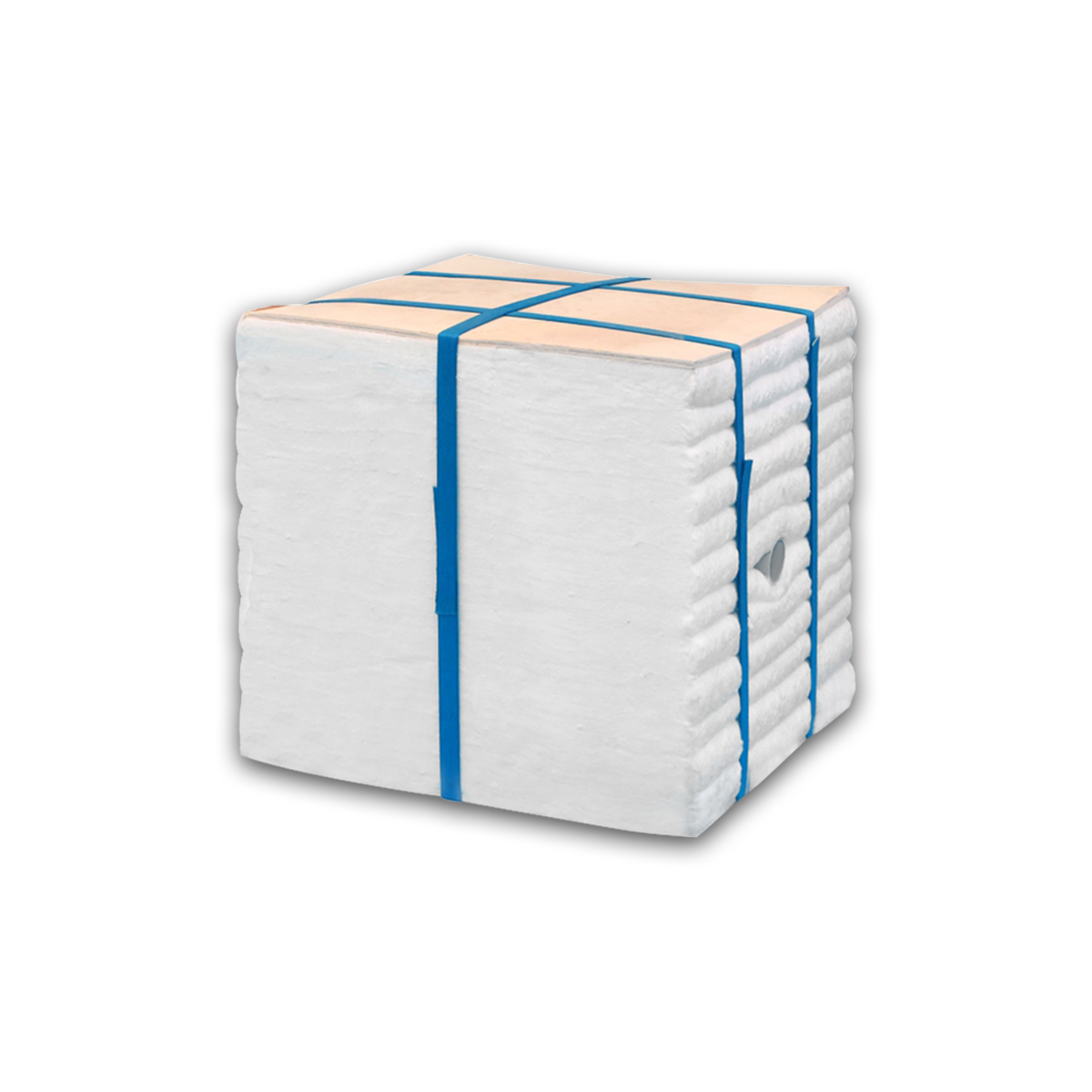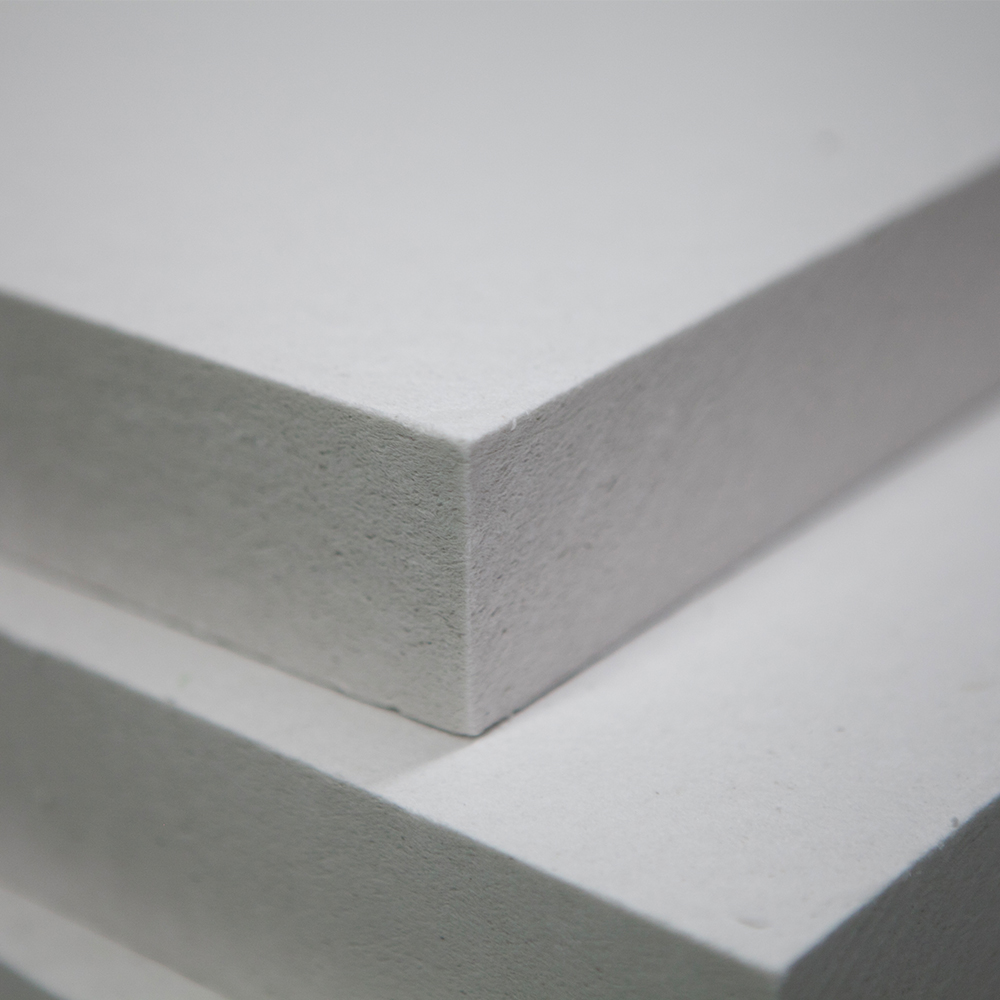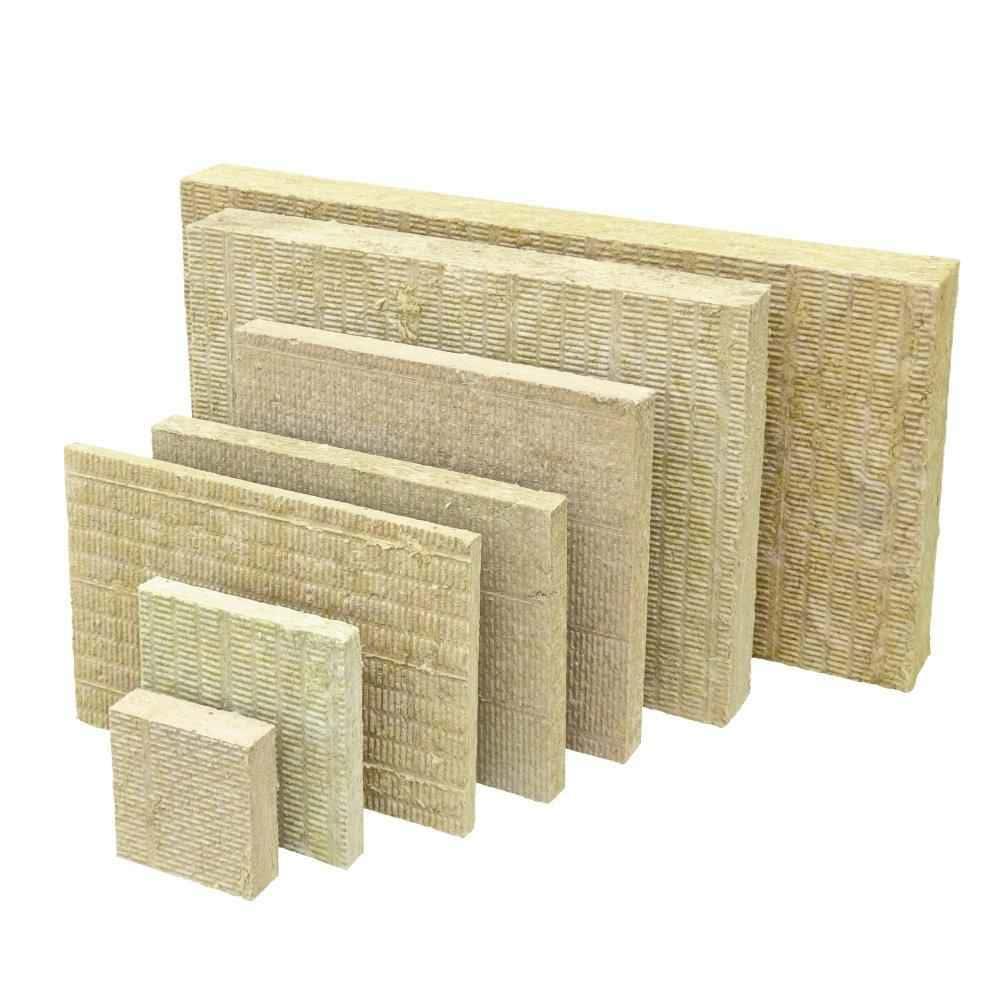Ceramic fiber insulation modules have emerged as a cornerstone material in high-temperature industrial applications, offering a blend of exceptional thermal performance, durability, and installation efficiency. These modules, engineered from aluminum silicate fibers, are designed to withstand extreme environments while delivering superior insulation capabilities. This article explores their key features and advantages, highlighting why they are the preferred choice for industries ranging from steelmaking to aerospace.
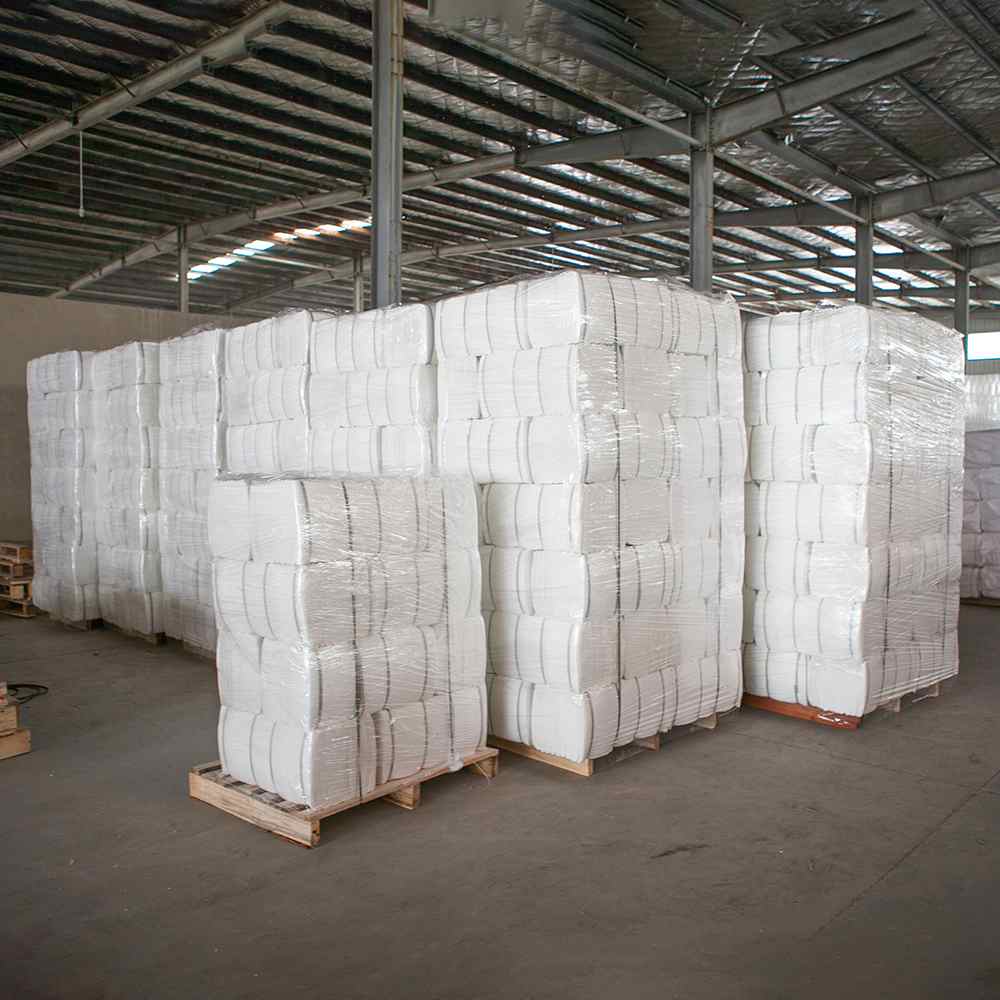
Ceramic fiber modules boast low thermal conductivity (0.09–0.22 W/m·K at 1000°C) and minimal heat capacity, making them highly effective at reducing heat transfer. This property ensures minimal energy loss, maintaining stable temperatures inside furnaces and kilns while lowering external surface temperatures.
Rated for continuous operation up to 1430°C (2600°F), these modules excel in environments like cracking furnaces, steel annealing ovens, and petrochemical reactors. Their composition, often enhanced with zirconia (ZrO₂) for higher grades, ensures structural integrity even under prolonged thermal stress.
With densities ranging from 170 to 250 kg/m³, ceramic fiber modules are significantly lighter than traditional refractory materials. This reduces structural load on furnaces and simplifies handling during installation.
Resistant to corrosion from acids, alkalis, and molten metals, these modules are ideal for chemical processing units and metallurgical furnaces. Their inert nature ensures longevity in harsh environments.
The fibrous structure allows rapid heat dissipation, enabling modules to withstand sudden temperature fluctuations without cracking or spalling. This makes them suitable for cyclical processes like intermittent kilns.
Available in modular shapes (e.g., 300x300x200 mm) and densities, they can be tailored to fit complex furnace geometries. Pre-cut anchoring holes and integrated RX2 anchor systems streamline installation.
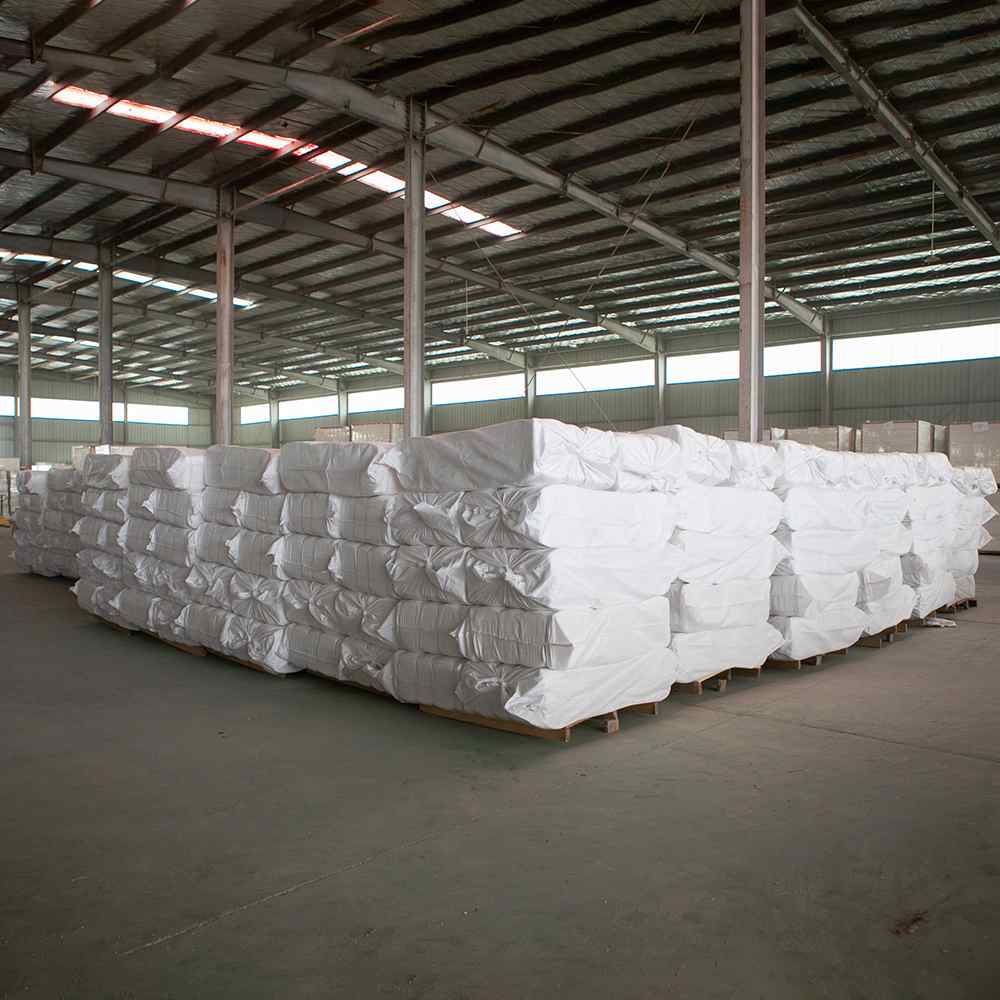
By minimizing heat loss, ceramic fiber modules reduce fuel consumption by up to 30% compared to conventional insulation. This translates to lower operational costs and carbon footprints.
Their lightweight nature and pre-engineered designs cut installation time by 50% versus brick-based linings. Modules expand slightly after installation, forming a seamless, gas-tight barrier without gaps.
The low thermal mass reduces thermal cycling stress on furnace shells, preventing metal fatigue. In steelmaking applications, this has extended furnace life by 2–3 years.
Unlike refractory bricks, ceramic fiber modules require no curing or drying. Their resilience to mechanical vibration and chemical attack minimizes downtime for repairs.
Applications span:
Ceramic fiber insulation modules represent a paradigm shift in high-temperature insulation technology. Their unique combination of thermal efficiency, durability, and ease-of-use delivers measurable benefits across industrial sectors. As industries prioritize energy savings and sustainability, these modules will remain critical for optimizing thermal processes while reducing environmental impact. Investing in ceramic fiber insulation is not just an upgrade—it’s a strategic move toward operational excellence.
